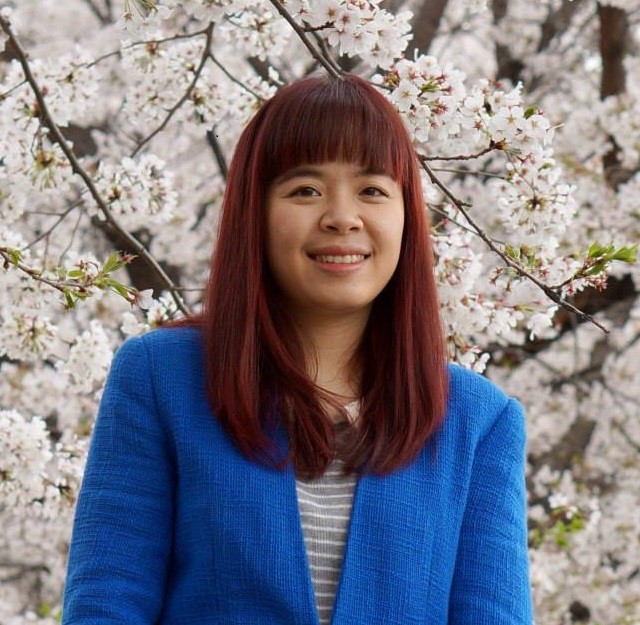
Senior Researcher, Biochemistry Laboratory
NTT Hi-Tech Institute, Nguyen Tat Thanh University
Email: orchard1985@gmail.com
Phone: (+84) 0981-411-701
RESEARCH FOCUS
DNA genomes of all organisms are duplicated just once per cell cycle to produce genetically identical offspring cells. This duplication must be faithfully executed and precisely regulated to preserve the integrity of genetic information. During DNA replication, while the leading strand synthesis proceeds continuously, the lagging strand is discontinuously synthesized via the generation of Okazaki fragments. In details, polymerase (pol) α-primase first primes the DNA lagging synthesis by synthesizing the short RNA-DNA primers. Replication-protein C and proliferating nuclear antigen help the ‘polymerase switching’ from pol α–primase to pol δ. Next, DNA pol δ extends the RNA-DNA primers to create the newly synthesized Okazaki fragments. When pol δ encounters a downstream Okazaki fragment, it displaces the 5’-end region, generating a single-stranded DNA (or ssRNA-DNA chimeric) flap, which can be efficiently removed by the 5' to 3' exonuclease activity of Fen1. Once the flaps go long, removal of these long flaps require the endonuclease activity of Dna2, producing shorter flaps which are suitable for Fen1 function. Dna2 is also important to unwind the secondary structures potentially formed by long flaps through its helicase activity. Therefore, Dna2 is an essential endonuclease/helicase involving in lagging strand synthesis. Final step of Okazaki fragment processing is that DNA ligase 1 seals the nicks to link Okazaki fragments, generating continuous lagging strands.
Lagging strand synthesis has a greater risk of faulty replication for several reasons: First, a significant part of DNA is synthesized by polymerase α, which lacks a proofreading function. Second, a great number of Okazaki fragments are synthesized, processed and ligated per cell division. Third, the principal mechanism of Okazaki fragment processing is via generation of flaps, which have the potential to form a variety of structures in their sequence context. Finally, many proteins for the lagging strand interact with factors involved in repair and recombination. Thus, lagging strand DNA synthesis could be the best example of a converging place of both replication and repair proteins. To achieve the risky task with extraordinary fidelity, Okazaki fragment processing may depend on multiple layers of redundant, but connected pathways (Figure 1). These reasons led us to investigate more deeply about accessory factors supporting core proteins involving in Okazaki fragment processing.

Figure 1. Multiple layers of redundant pathways of Okazaki fragments processing
Previously, it was reported that the failure of Dna2 helicase leading to cell death could be rescued by overexpression of Fen1 activity. Interestingly, overexpression of Mus81, a member of the conserved XPF-family of endonucleases shown to process the resolution of both replication- and recombination-associated DNA structures formed during repair of stalled replication forks or double-strand breaks was also able to suppress the lethality of dna2 helicase mutant, possibly via interacting and stimulating the endonuclease activity of Fen1. Recently, it was proved that the mutually stimulation effect of specific activity between Fen1 and Mus81 is required and had the physiological significance in homologous recombination repair pathway.
The role of proteins involving in DNA replication and repair is complicated and overlapped in many cases. It is obvious that studies to better understand the function of factors involving and assisting the replication machinery are necessary and interesting as well. I would like to continue my study in this basic field, clarifying the role of other promising factors, for example Msn5, Sml1, or Cdc7-Dbf4....
EDUCATION
AWARDS
PUBLICATIONS
Papers in refereed international journals
Poster presentations
Talk
Top